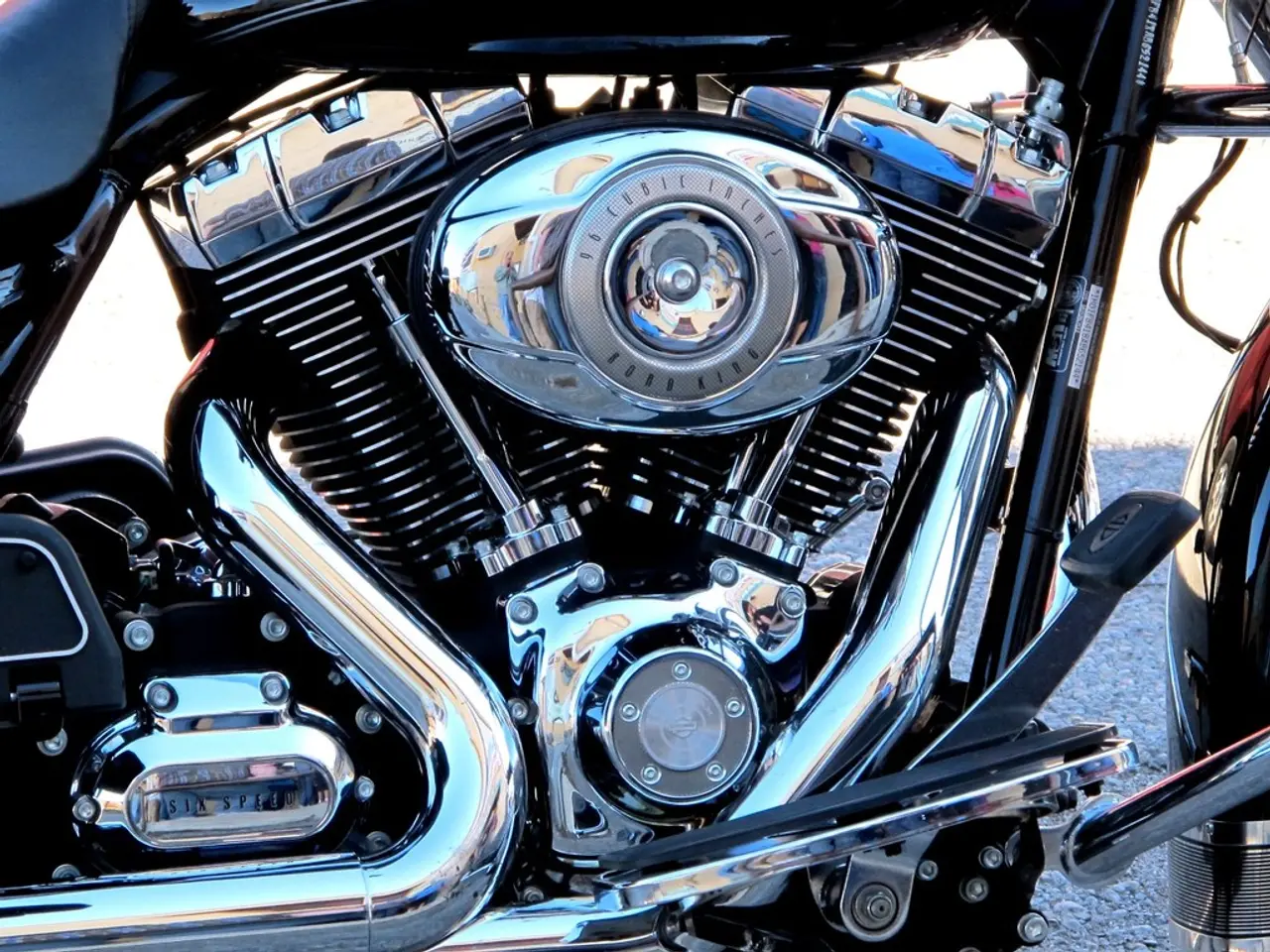Navigational Electronic Messaging Alphabet 2000, Raspberry Pi's Anticipated Fifth Version and OpenPlotter's Latest Release
In this article, we'll guide you through the process of setting up an NMEA 2000 network on your boat and integrating it with a Raspberry Pi 4 or 5. This network will allow you to connect various marine electronics and harness the power of the Raspberry Pi for monitoring, logging, and custom automation.
Designing Your NMEA 2000 Backbone Network
NMEA 2000 uses a CAN bus backbone architecture with a main cable ("backbone") running through the boat. Devices connect via drop cables branching off the backbone to each piece of equipment. The backbone must have termination resistors at both ends to ensure proper signal integrity. Avoid star or ring topologies; only two terminators should exist. A typical NMEA 2000 cable consists of power lines (+12V and ground) plus CAN high and CAN low data lines inside a shielded cable.
Connecting NMEA 2000 Equipment
Devices like chart plotters, GPS, VHF radios, tank monitors, and transducers plug into the network with standardized connectors. Plan the placement of devices carefully considering power, signal, and environmental factors (e.g., GPS antennas need a clear sky view; transducers mounted in smooth water flow locations).
Making Your Own Cables
Use NMEA 2000-approved cable and connectors (often proprietary or Molex Mini-Fit Jr. style connectors). You can cut backbone cable lengths and attach connectors by following wiring pinouts for CAN High, CAN Low, +12V, and Ground. Drop cables are usually shorter and connect devices to the backbone. Ensure to maintain correct shielding and grounding to minimize noise on the CAN bus.
Connecting to Raspberry Pi 4 or 5
The Raspberry Pi does not have native NMEA 2000 hardware, so you need a CAN interface HAT to connect physically. Two popular HATs are the CAN Bus HAT and the MacArthur HAT.
| Feature | CAN Bus HAT | MacArthur HAT | |-------------------------|------------------------------------------|---------------------------------------| | Basic function | CAN bus interface for Raspberry Pi | Dedicated NMEA 2000 interface | | Ease of use | Requires Linux CAN tools setup | Designed specifically for NMEA 2000 | | Software support | Good Linux CAN support | Includes tailored NMEA 2000 libraries | | Data handling | Raw CAN frames, generic CAN implementation | Handles NMEA 2000 protocol framing | | Integration complexity | More DIY, requires programming | Easier for NMEA 2000 projects |
The MacArthur HAT is generally more specialized for NMEA 2000, providing easier integration and correct handling of NMEA 2000 protocol messages. The CAN Bus HAT is more generic, relying on CAN bus tools like SocketCAN and requires more configuration and software handling on the Pi.
Software on Raspberry Pi
Use open-source libraries such as libNMEA2000 or commercial software compatible with your HAT to decode and work with the NMEA 2000 data. You can use tools like Maretron MConnect for PC or web-based monitoring interfaces. You may also run custom data logging, monitoring, or automation scripts on your Pi.
Purchasing Components
Buy genuine NMEA 2000 backbone and drop cables, terminators, and connectors from marine electronics suppliers such as West Marine, Digi-Key (for connectors and cable), Actisense or Maretron for professional-grade NMEA 2000 hardware, online platforms like Marineelectronics.com, Amazon, or specialized boat electronics stores. Raspberry Pi HATs (CAN Bus HAT or MacArthur HAT) are available from Pi-Top, MacArthur Electronics, or community makers on sites like Tindie or Mouser.
3D Model for Raspberry Pi + MacArthur HAT Case
The free 3D model for a case that fits the Raspberry Pi with the MacArthur HAT is available for download from MacArthur Electronics’ official resources or GitHub repositories dedicated to marine electronics projects. Typically, these 3D models are in STL format and can be printed on standard desktop 3D printers. Check the MacArthur HAT product page or community marine electronics forums for the latest free CAD files.
Additional Notes
- Ensure your boat power supply can handle the network load, typically 12V DC regulated.
- It's crucial to maintain the correct polarity and fasten connectors securely to avoid network failures.
- When making your own cables, verify pinouts extensively since marine electronics can be sensitive to wiring errors.
- If integrating analog sensors or legacy instruments, use NMEA 2000 gateway converters to translate data to the network format.
By following this plan, you can build a reliable NMEA 2000 network on your boat, connect diverse marine equipment, and use your Raspberry Pi (with the appropriate HAT) to interact with and monitor the network expertly. This combined hardware-software approach provides flexibility for advanced projects like monitoring, logging, or custom automation.
Purchase links are provided for NMEA 2000 cables, connectors, and 5-Pin M12 Connectors. All necessary components (Case, SD card, Raspberry Pi) can be purchased from OpenMarine's online store. Patreon support is available for the project.
- To enhance the versatility of your NMEA 2000 network, consider integrating a wind turbine as an additional device, providing real-time wind data that can be logged, monitored, or used for custom automation using the Raspberry Pi's data-and-cloud-computing capabilities.
- For a more immersive boating experience, you might also consider connecting your NMEA 2000 network to gadgets like smartphones or tablets, using them as display devices for marine electronics data, courtesy of the Raspberry Pi's monitoring andlogging applications, combined with web-based interfaces.




